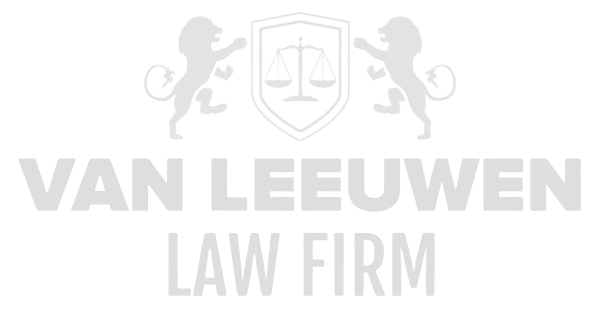Financial crime risk detection involves the process of identifying and uncovering potential instances of financial crimes within an organization, institution, or financial system. The goal is to proactively identify suspicious activities, patterns, or behaviors that could indicate the presence of financial crimes such as money laundering, fraud, corruption, and other…
Read moreFinancial crime risk prevention involves the implementation of strategies, measures, and controls to mitigate the likelihood of financial crimes occurring within an organization, institution, or financial system. It aims to safeguard against illegal activities that could lead to financial loss, reputational damage, and legal consequences. Effective financial crime risk prevention…
Read moreFinancial-economic crime, including fraud, corruption and bribary, is a significant social problem that can have a severe and adverse financial impact on citizens, organisations and the government. Financial-economic crime occurs in both small and large organisations. In addition to causing financial damage, Financial-economic crime can prevent you from achieving your…
Read moreFinancial crime risk refers to the potential threat or vulnerability that an individual, organization, or financial institution faces regarding illegal activities that involve monetary transactions, deception, fraud, or manipulation of financial systems for illicit gains. Financial crime risk encompasses a wide range of unlawful activities aimed at generating profits or…
Read moreIn today’s business world, where financial transactions are becoming increasingly complex and extensive, Transaction Forensic Services (TFS) are crucial for ensuring the integrity and transparency of financial actions. TFS focuses on identifying, investigating, and analyzing suspicious or unusual transactions to detect and address potential fraud, financial mismanagement, or other forms…
Read moreIn a world where the complexity of financial transactions and business structures is continuously increasing, Corporate Crime Investigation Services (CCIS) are a crucial component in ensuring legal and ethical standards within organizations. The need to detect, investigate, and address corporate crime is greater than ever, especially given the increasingly sophisticated…
Read moreSupport your team with targeted professional training Current reality Many In-House Legal Departments do little to onboard new hires, missing an opportunity to activate and engage new team members. And once on-board, these departments typically offer fragmented training opportunities, or worse, rely on their HR teams to cover training and…
Read moreInnovate, automate, and solve problems with technology Current reality In-House Legal Departments often rely on manual, time-consuming, and fragmented point solutions. They may lack an overall technology vision and are deploying costly applications that are underused and disconnected from the team’s workflow. Desired state Create a clear technology vision that spans…
Read moreCurrent reality Many In-House Legal Departments are completely short-term and reactive in their planning, guided by the incoming work rather than larger strategic priorities. Desired state Set department mission/vision and develop strategic priorities that serve the needs of your department and the overall business. Bring a long-term, holistic perspective to…
Read more




